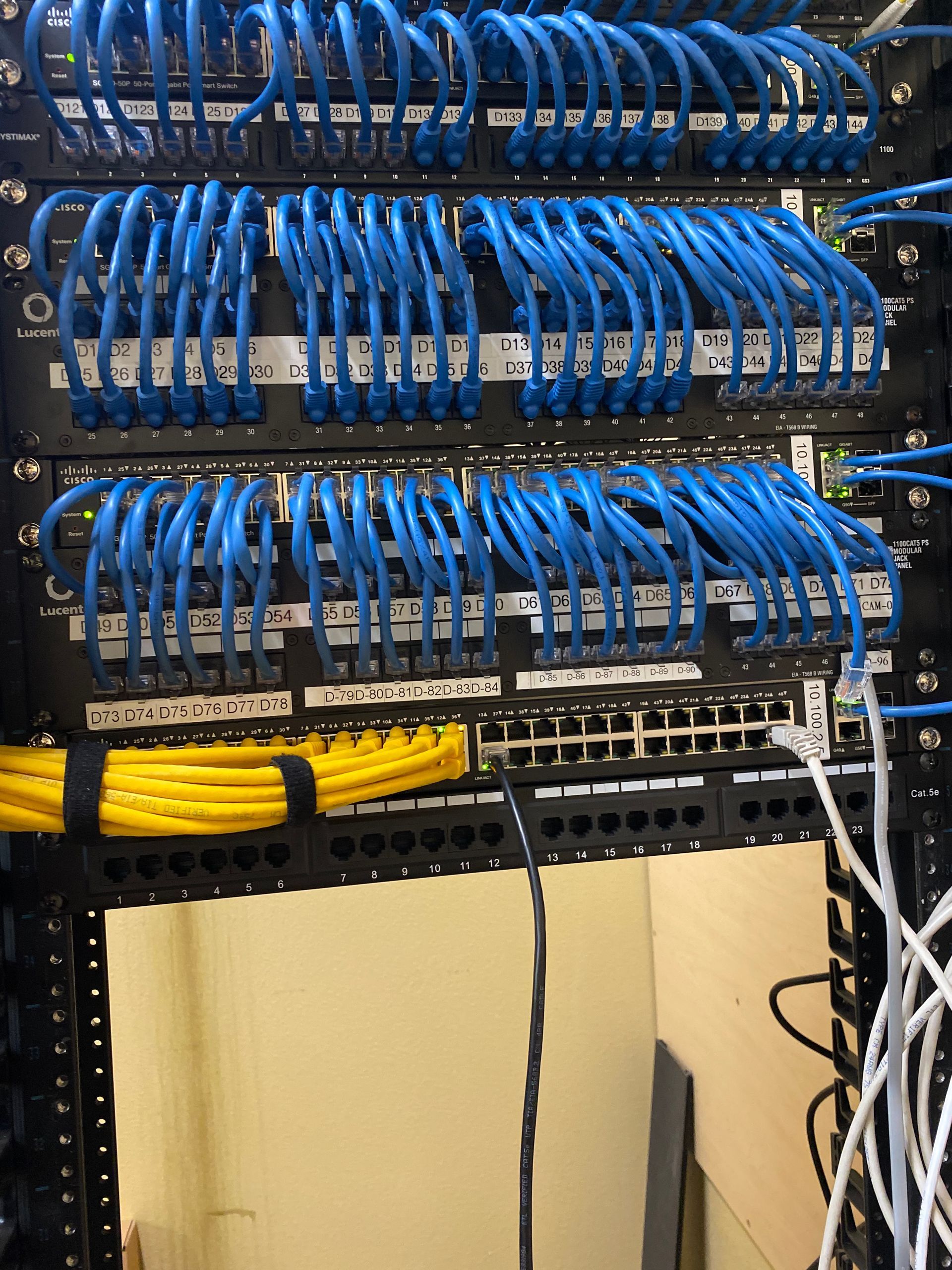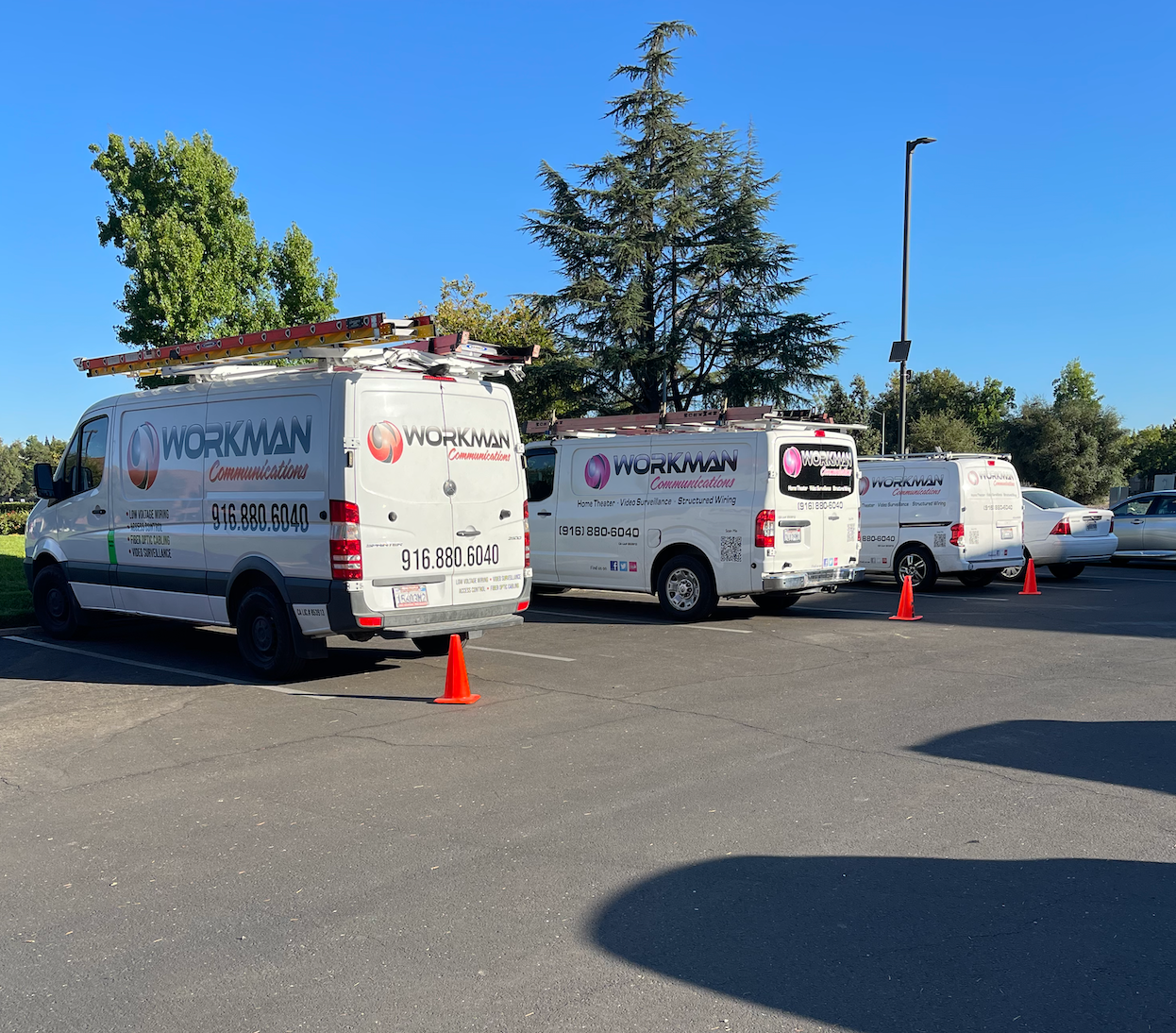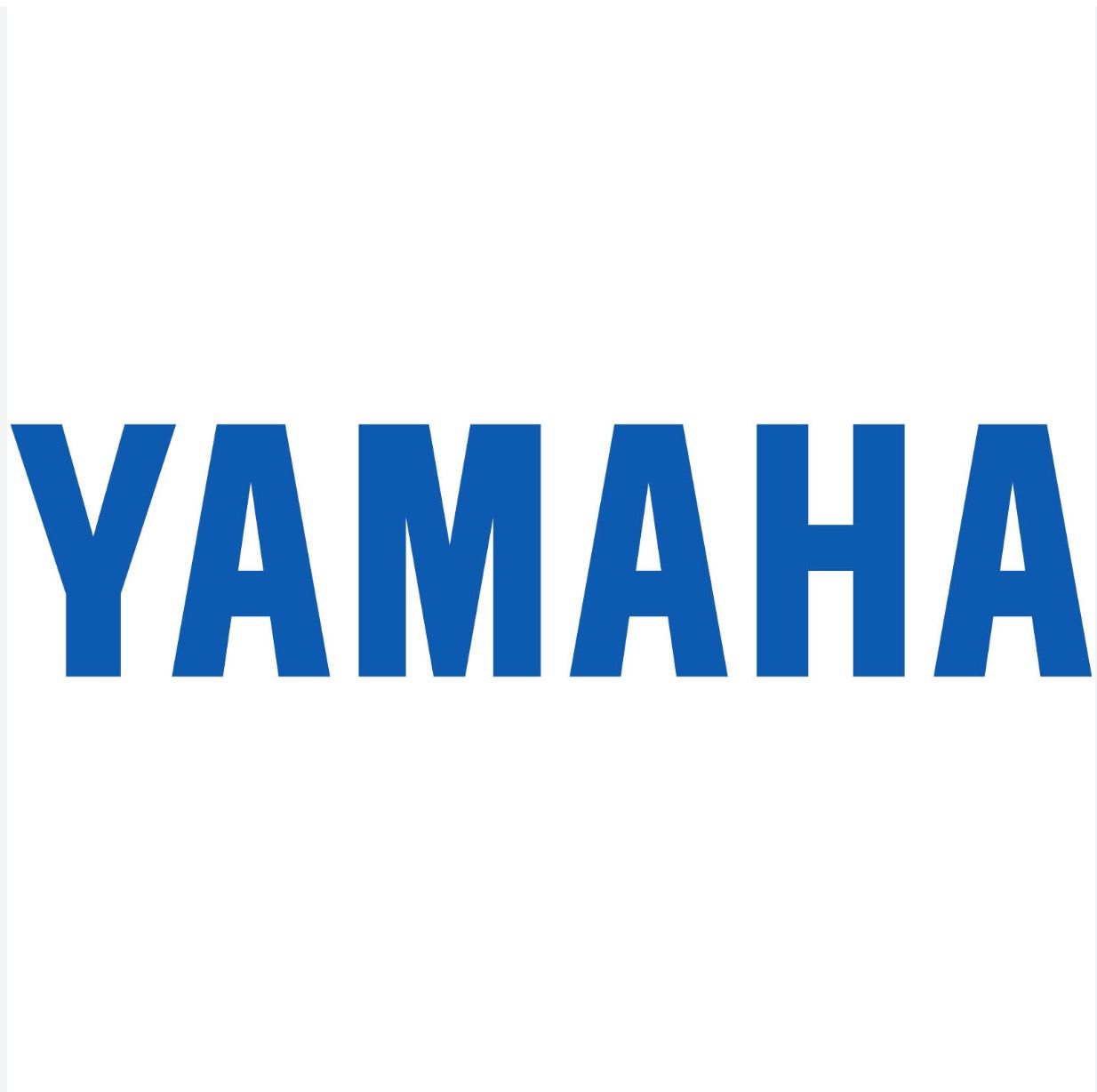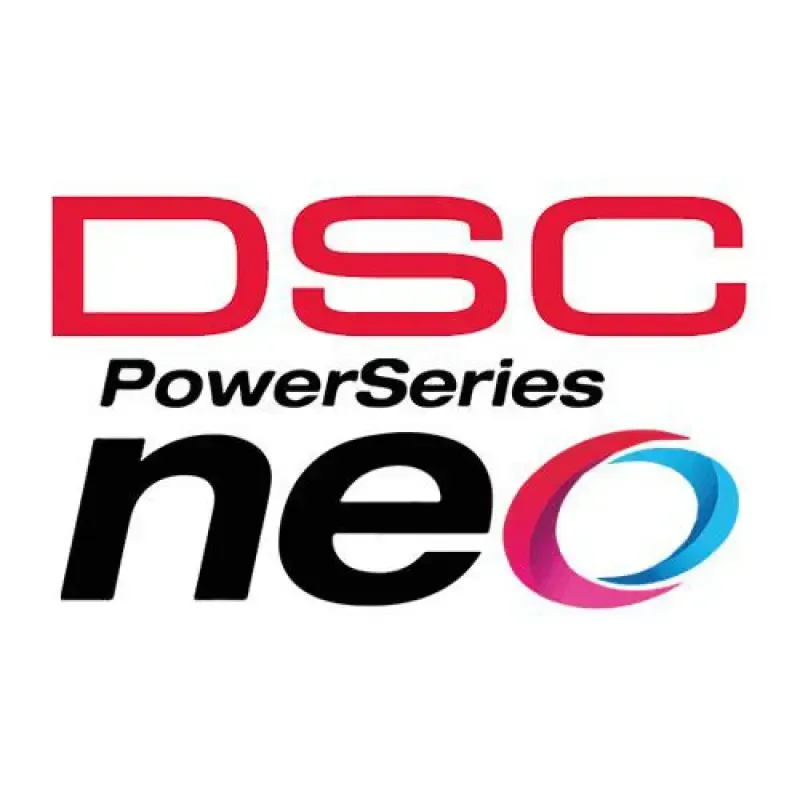Optimized Conference Rooms
Seamless Connectivity & Expert Cable Management
In today's collaborative business environment, a well-functioning conference room is the heartbeat of effective communication and decision-making. At Workman Communications, we specialize in designing and implementing conference room solutions that are not only technologically advanced but also impeccably organized through professional cable management.
We are proud to serve the greater Sacramento area.
Why Hire a Low Voltage Technician for Your Conference Room?
Expertise in Complex Systems
Low voltage technicians are trained in the nuances of data, voice, video, and control wiring. They understand signal integrity, power requirements, and compatibility across diverse equipment, ensuring all components work together seamlessly.
Optimal Performance
Proper installation by a professional ensures that your audio is clear, video is crisp, and data connections are reliable, preventing frustrating glitches during critical meetings.
Safety & Compliance
Incorrect wiring can pose safety hazards and violate building codes. Low voltage professionals adhere to industry standards and regulations, guaranteeing a safe and compliant installation.
Future-Proofing
A knowledgeable technician designs your cabling infrastructure with scalability in mind, making it easier to integrate new technologies as your business evolves without extensive re-cabling.
Efficient Troubleshooting
When issues arise, an expert can quickly diagnose and resolve problems, minimizing downtime and maximizing the return on your technology investment.
Mastering Conference Room Cable Management
Effective cable management goes far beyond just tidying up wires; it's fundamental to the functionality, aesthetics, and longevity of your conference room.
Enhanced Aesthetics
A clutter-free environment looks professional and organized, creating a positive impression on clients and employees. No more tripping hazards or tangled messes.
Improve Airflow & Equipment Longevity
Neatly routed cables prevent kinks, reduce heat buildup around equipment, and allow for better airflow, extending the lifespan of your valuable AV components.
Easier Maintenance & Troubleshooting
When cables are clearly labeled and logically organized, identifying and resolving issues becomes a much quicker and simpler task. Upgrades and rearrangements are also less disruptive.
Reduced Trip Hazards
Tangled cables are a significant safety risk. Proper management eliminates these hazards, creating a safer space for everyone.
Essential Cabling for Modern Conference Rooms
A high-performing conference room relies on a robust foundation of specialized cabling. The types of cabling typically required include.
HDMI Cables
For high-definition video and audio transmission between displays, projectors, and source devices (laptops, media players).
Ethernet/Network Cables (Cat6a/Cat7)
Critical for reliable internet access, VoIP phones, network-connected AV equipment, and video conferencing systems.
USB Cables
For connecting cameras, microphones, interactive displays, and other peripherals to meeting room PCs or dedicated conferencing hubs.
Audio Cables (XLR, RCA, Speaker Wire)
For connecting professional microphones, amplifiers, and speakers to ensure pristine sound quality.
Power Cables
While not low voltage, proper power management and access points are crucial and often integrated into the overall cable management plan by a low voltage professional.
DisplayPort/USB-C Cables
For newer laptops and devices, providing versatile video, audio, and data connectivity.
Key Audio/Visual Equipment for Conference Rooms
Modern conference rooms are equipped with a range of AV technologies to facilitate seamless meetings.
Displays
High-definition flat-panel displays (LED/LCD) or projectors and screens for presentations and video conferencing.
Video Conferencing Systems
Dedicated codecs, cameras (PTZ – Pan, Tilt, Zoom, or wide-angle fixed), and integrated microphones for remote participation.
Microphones
Tabletop, ceiling-mounted, or wireless microphones to ensure every voice is captured clearly.
Speakers
In-ceiling, wall-mounted, or soundbars for crisp audio playback.
Control Systems
Touch panels or button panels that integrate control over lighting, displays, audio levels, and conferencing systems with a single interface.
Wireless Presentation Systems
Devices that allow attendees to wirelessly share content from their laptops or mobile devices to the main display.
Interactive Whiteboards/Display
For dynamic collaboration, brainstorming, and annotation during meetings.
Strategic Considerations for Your Conference Room Solutions
Designing the ideal conference room goes beyond just installing equipment. Workman Communications takes a holistic approach, considering.

Room Size & Layout
The physical dimensions and typical seating arrangements dictate display size, speaker placement, and microphone types for optimal coverage.
Lighting & Acoustics
Ambient light can affect display visibility, and room acoustics impact audio clarity. Proper planning involves addressing these environmental factors.
Primary Use Cases
Is the room primarily for video conferencing, client presentations, internal brainstorming, or a combination? This informs the selection of specific AV technologies.
Budget
Balancing desired functionality with available resources to provide the most impactful solution within financial parameters.
User Experience (UX)
Designing intuitive control systems and accessible connection points to ensure ease of use for all participants, regardless of technical proficiency.
Scalability & Future-Proofing
Building a foundation that can easily accommodate future technology upgrades and evolving business needs.
Integration with Existing Systems
Ensuring new conference room technology seamlessly integrates with your current IT infrastructure and building management systems.
Cable Management & Aesthetics
Planning from the outset to conceal cables, maintain a clean look, and prevent tripping hazards.









